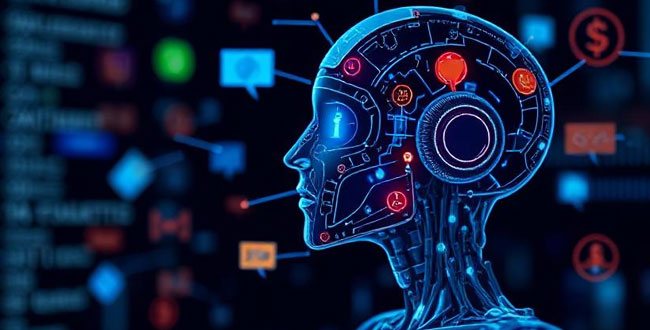Discover how artificial intelligence comprehends, processes, and translates multiple human languages. Explore the technology, challenges, and future of multilingual AI.
Artificial intelligence (AI) has revolutionized the way we interact with technology, particularly in the realm of language understanding. Today’s AI systems are not only capable of processing English but can comprehend and generate text in dozens—sometimes hundreds—of human languages. This capability underpins everything from real-time translation services to global customer support, making multilingual AI a cornerstone of modern digital communication.
The Science Behind Language Understanding in AI
At the heart of AI’s linguistic prowess are large language models (LLMs)—sophisticated neural networks trained on vast datasets comprising text from books, websites, and conversations in numerous languages. These models analyze patterns, grammar, context, and semantics, enabling them to interpret meaning and generate coherent responses across languages.
How AI Learns Languages
- Data Collection: AI models are trained on multilingual corpora, which include billions of sentences from diverse sources in various languages.
- Tokenization: Text is broken down into smaller units (tokens), allowing the model to learn relationships between words, phrases, and sentences.
- Contextual Understanding: Advanced models leverage context windows to understand meaning beyond individual words, capturing idioms, slang, and cultural nuances.
- Continuous Learning: Some AI systems are updated with new data, allowing them to adapt to evolving language trends and newly emerging dialects.
Multilingual Capabilities: How Many Languages Can AI Understand?
Modern AI models, such as OpenAI’s GPT series or Google’s PaLM, are trained to understand and generate text in over 100 languages. These include widely spoken tongues like Mandarin, Spanish, and Hindi, as well as less common languages and dialects. The breadth of language support depends on the diversity and quality of the training data.
| AI Model | Number of Languages Supported | Notable Features |
|---|---|---|
| GPT-4 | 50+ | Contextual reasoning, translation |
| Google PaLM | 100+ | Advanced translation, summarization |
| Meta Llama | 20+ | Open-source, multilingual support |
Real-World Applications
- Translation Services: AI powers tools like Google Translate and Microsoft Translator, enabling real-time, accurate translation across languages.
- Customer Support: Chatbots and virtual assistants can interact with users in their native language, improving accessibility and satisfaction.
- Content Creation: Multilingual AI assists writers and marketers in generating content tailored to global audiences.
- Accessibility: AI-driven captioning and transcription services help bridge communication gaps for the hearing impaired and non-native speakers.
Challenges in Multilingual AI
Despite remarkable progress, several challenges remain:
- Data Imbalance: Some languages have far more digital content available than others, leading to uneven performance.
- Cultural Nuance: AI may struggle with idioms, humor, or context-specific meanings unique to certain cultures.
- Code-Switching: Handling sentences that mix multiple languages (common in globalized societies) is still a technical hurdle.
- Bias and Fairness: Ensuring equitable performance across languages and dialects requires ongoing research and diverse training data.
The Future of Language Understanding in AI
As AI technology evolves, the goal is to achieve universal language understanding—where machines can seamlessly interpret, translate, and generate any human language with native-like fluency. Advances in deep learning, reinforcement learning, and cross-lingual transfer are expected to drive further improvements, making AI an even more powerful tool for global communication.
Conclusion
Artificial intelligence’s ability to understand and process multiple human languages is reshaping how we communicate, work, and access information globally. As AI continues to advance, its multilingual capabilities will become increasingly sophisticated, bridging cultural divides and fostering a more connected world.
 Digital Tech Byte Latest Technology News
Digital Tech Byte Latest Technology News




